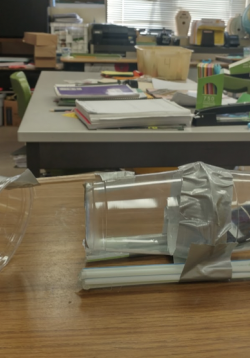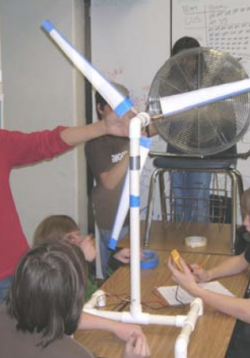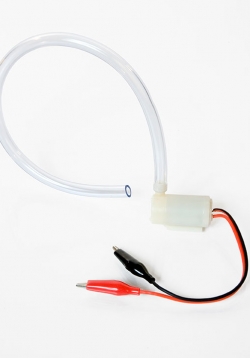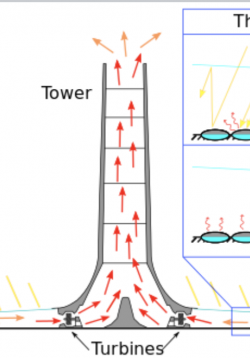Design and Engineer Solutions
This lesson is designed to span 9 days with 50-minute sessions. The students will use a Design and Engineering Journal to guide them in the design and engineering process. In small groups they will use the research from lesson 2 to formulate solutions to...







